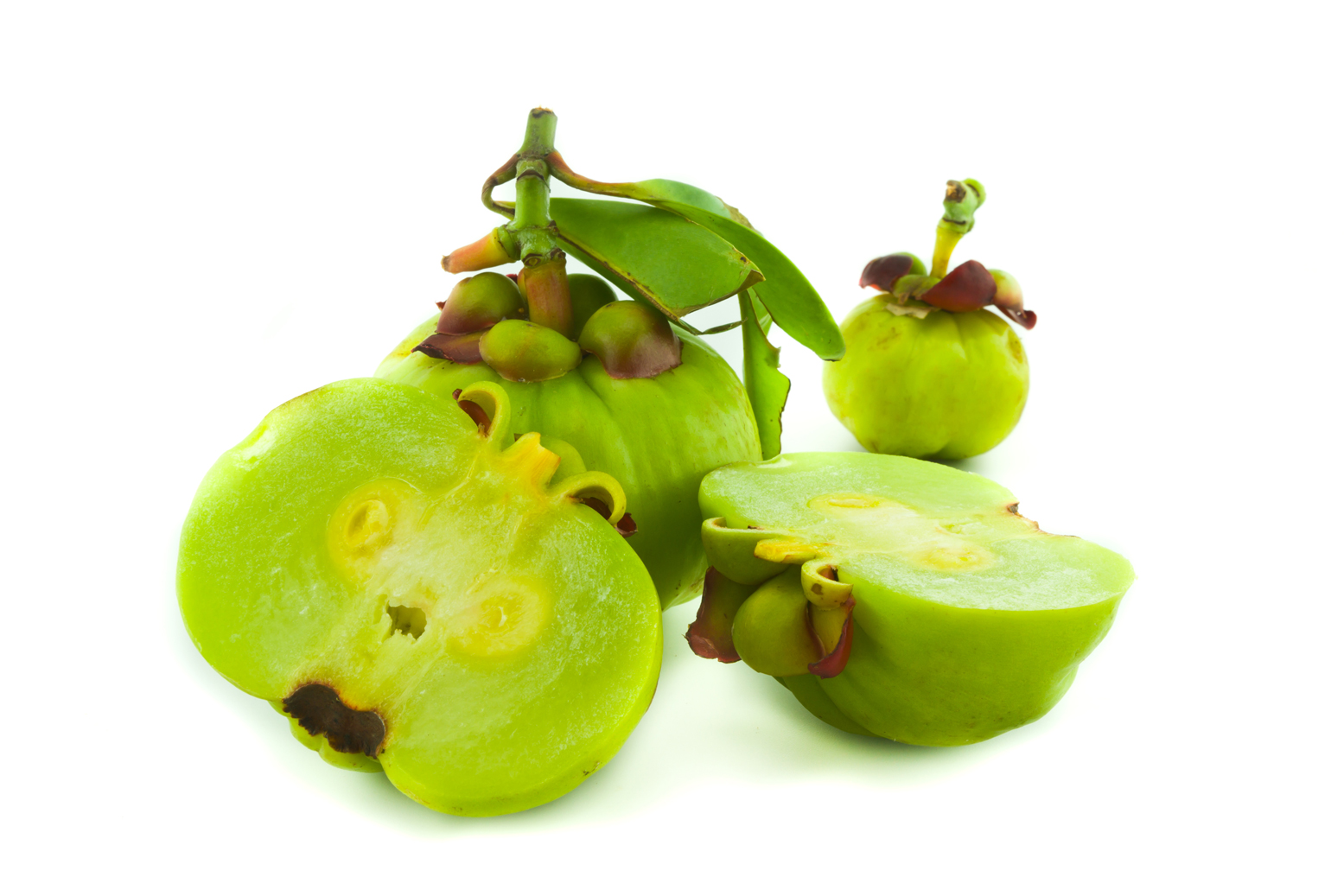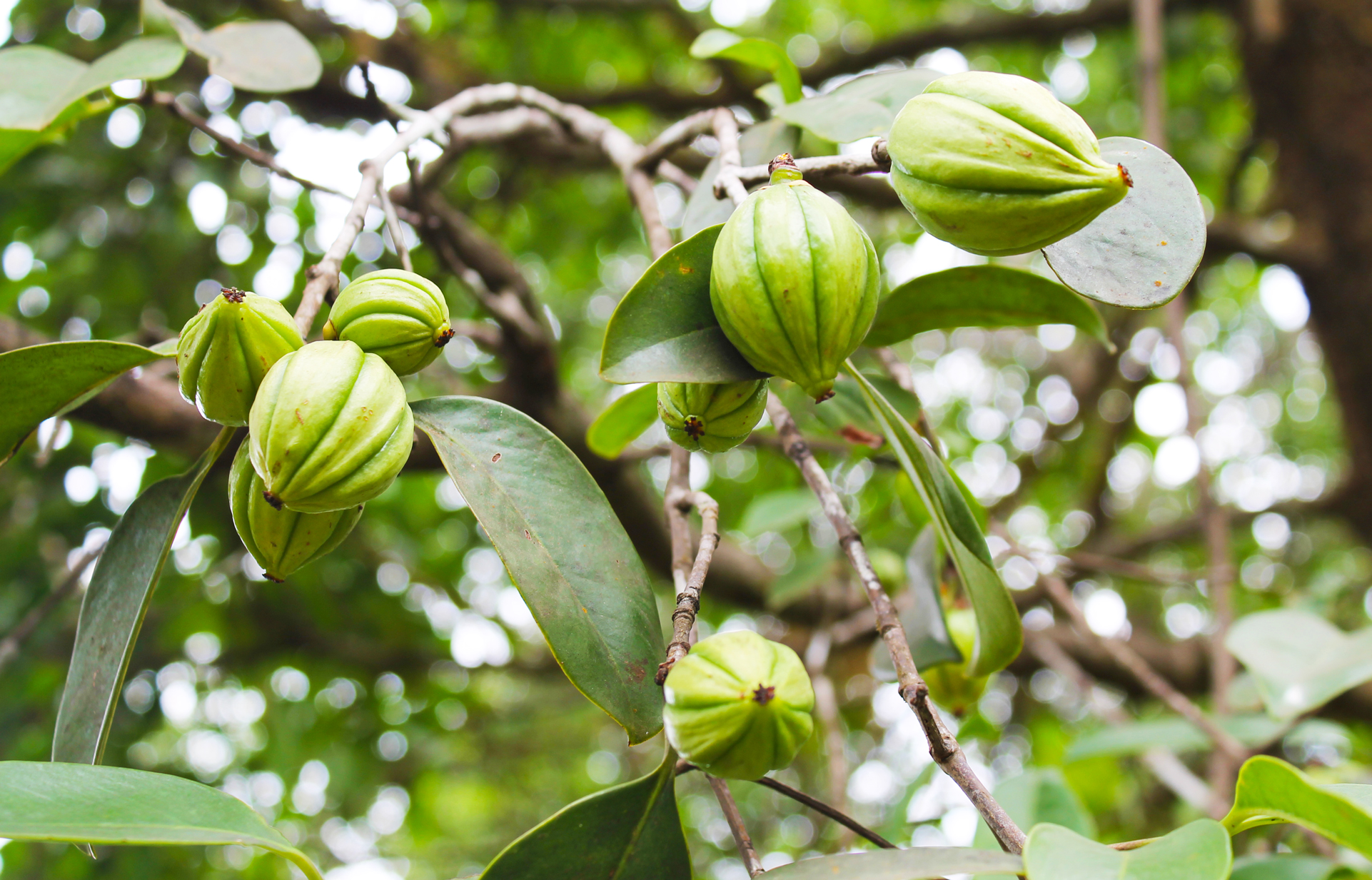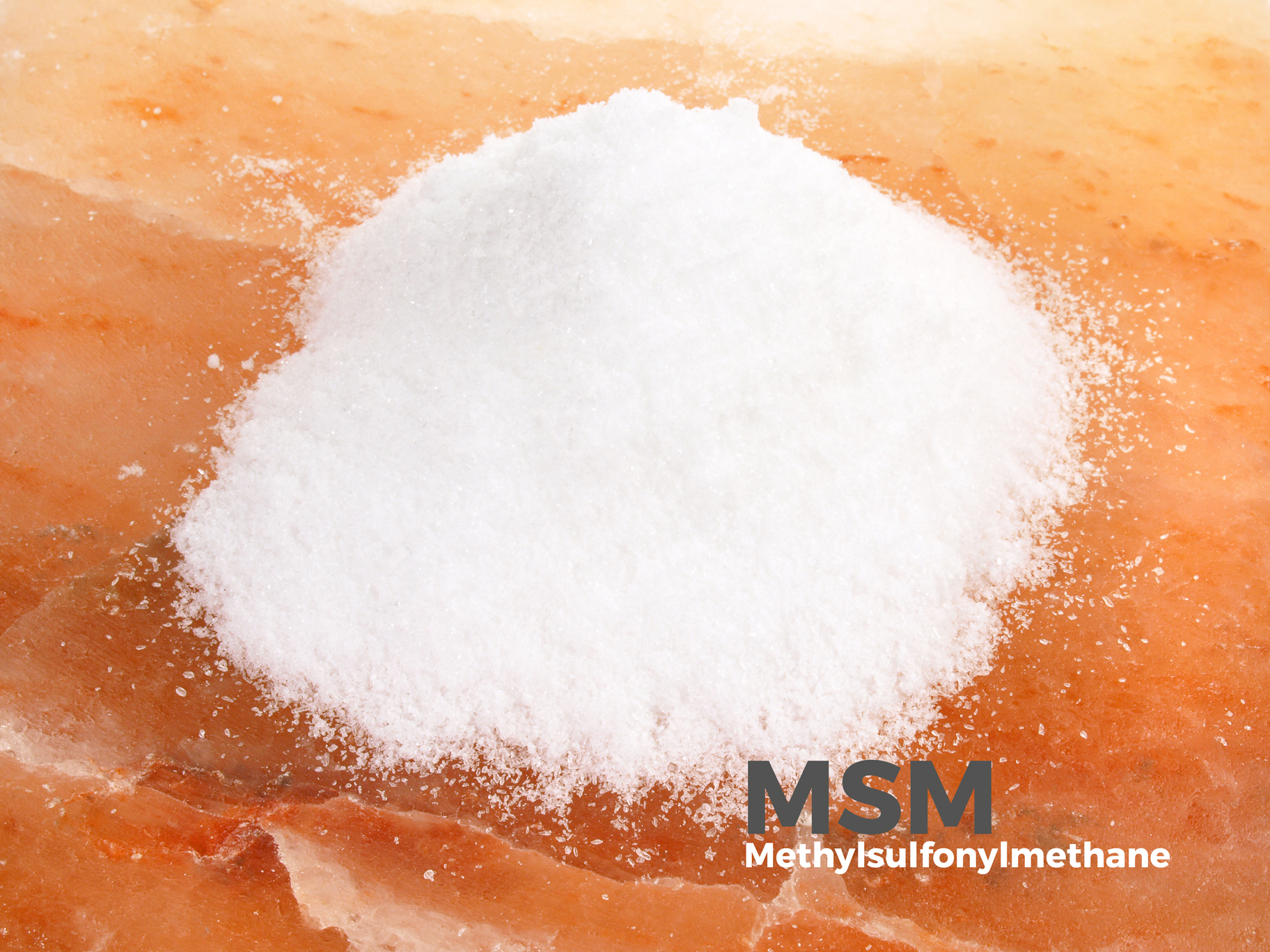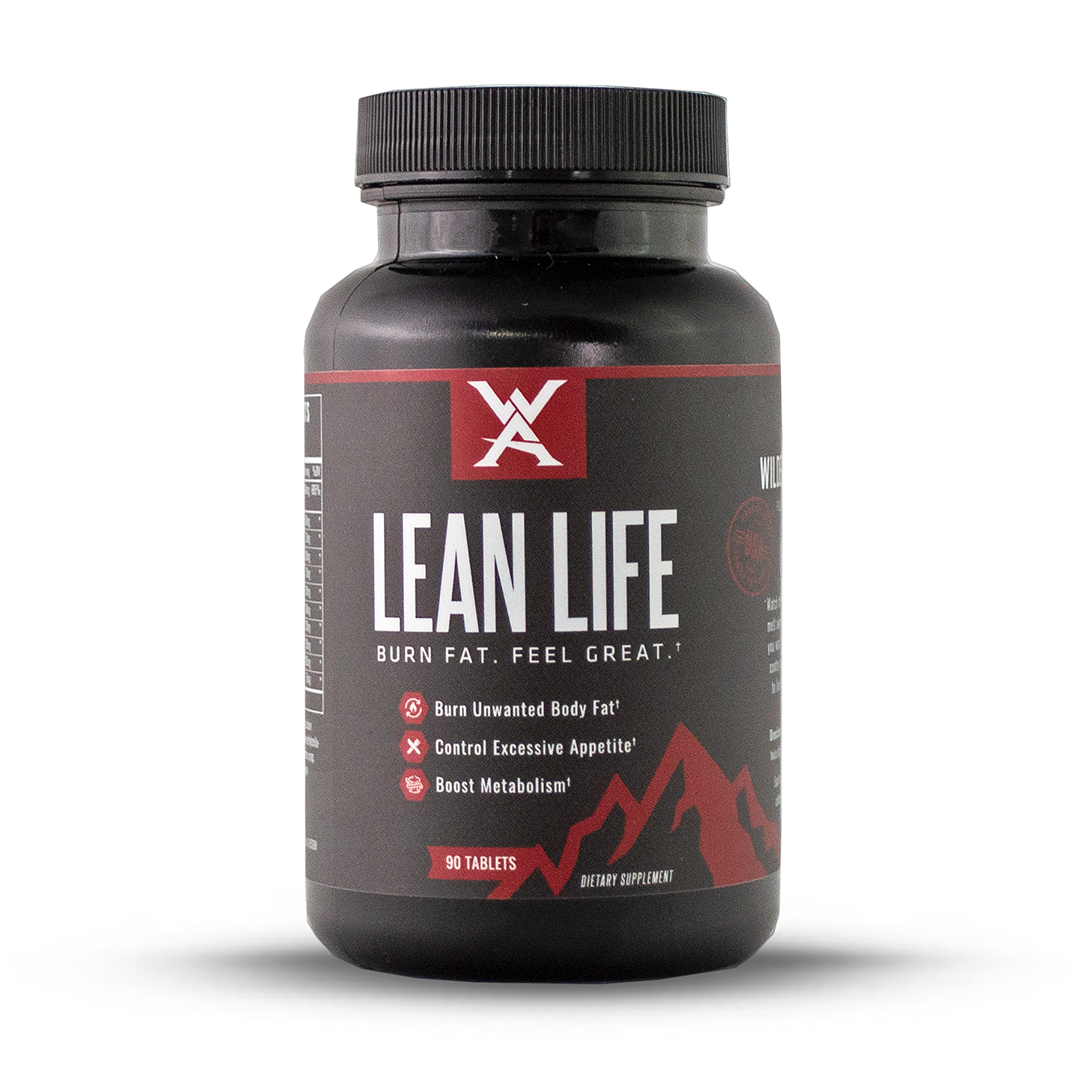Garcinia Cambogia
Garcinia cambogia, a fruit found across southwest India, Myanmar, and Indonesia, has received a great deal of attention from the supplement and scientific community over the past 20 years. In the late 1960’s, this small and sour tropical fruit became better known by scientists for a substance found in the fruits rind called hydroxycitric acid, (hereafter referred to as HCA), which offers some very intriguing health benefits that make it a useful tool for weight loss.

The activity of HCA in the human body which sparked a steep increase in garcinia’s popularity is its ability to restrict an enzyme that converts dietary sugars and starches into stored fat. Furthering the interest in this extract, several studies conducted in the 90’s concluded that the consumption of HCA could lead to significant weight loss in animals.
Weight reduction and inhibition of fat synthesis are not the only benefits of HCA however. The extract has also been shown to help suppress appetite, thereby controlling another struggle encountered in weight management — overeating.
Garcinia has been shown to increase the body’s production of 5-hydroxytryptophan (5-HTP). This compound is a precursor to the brain’s production of serotonin, a neurotransmitter molecule that is associated with positive mood and emotions. Increased serotonin levels are further associated with greater satiety and fewer cravings and thus less food intake.
 Perception of HCA took a conflicted shift in 1998 when an article published in the Journal of the American Medical Association concluded that HCA had no effect on human subjects. Fortunately for consumers, astute individuals such as Harry G. Preuss M.D. were not convinced by what the JAMA study concluded or how they got there.
Perception of HCA took a conflicted shift in 1998 when an article published in the Journal of the American Medical Association concluded that HCA had no effect on human subjects. Fortunately for consumers, astute individuals such as Harry G. Preuss M.D. were not convinced by what the JAMA study concluded or how they got there.
Dr Preuss, a professor of biochemistry, medicine and pathology at Georgetown University, past president of the American College of Nutrition, and chair of the Wilderness Athlete Science, Research, and Formulations Board, analyzed the research results further. In an interview with Jonny Bowden, PhD, Dr Preuss noted that “You have to take the right dose of the right product, and you have to take it properly. In the JAMA study, they used whatever the dose was at the time, and they never even mentioned the type of citrate they used. You have to give enough so that it reaches the sites in the body that it needs to reach.”
Following the highly publicized but flawed JAMA study, Dr. Preuss and his colleagues conducted a new human study investigating the effects of HCA. They focused on 30 healthy but overweight people ranging from 21 to 50 years of age, over an 8-week period. Each person consumed 2,000 calories per day and walked for 30 minutes five days per week. One group received a patented form of HCA that was bound with both calcium and potassium and the other received a placebo. At the end of the study, the placebo group had lost an average of 3 pounds per subject, whereas the group consuming the HCA had lost an average of 12 pounds per subject. This amounts to 300% more weight loss. In addition to weight loss, the individuals given HCA saw their serotonin levels almost double as compared to the group given a placebo.[https://www.ncbi.nlm.nih.gov/pubmed/18084863]
In a second study where Dr. Preuss tested 60 moderately obese individuals, the subjects given HCA lost an average of 10.5 pounds while the subjects given the placebo lost only an average of 3.5 pounds. Dr. Preuss told Bowden in an interview that “Perhaps the most remarkable result was in appetite control”. The HCA group had experienced a 16 percent reduction in the amount of food they ate per meal as compared to the placebo group.

In 2013, Dr. Preuss co-authored a paper for the Alliance for Natural Health titled “Garcinia Cambogia: How to Optimize it’s Effects” where he drives home the ways to get the most out of this remarkable fruit extract. Some of his key recommendations are selecting a garcinia supplement that is standardized to at least 50% HCA content, is stabilized against HCA lactone formation, has the proper solubility, and is taken correctly as to mealtime and number of servings daily. Because the first three of these recommendations are difficult to follow by simply reading a product label, trust in the manufacturer/brand is vitally important.
To conform with these three recommendations of Dr. Preuss’s, we suggest using Wilderness Athlete Lean Life. Rest assured that the highest-quality source of garcinia is provided by this product, meeting the standards set forth by Dr. Preuss. The fourth recommendation dictates taking 1000-1500 mg of standardized HCA garcinia — an amount provided by one serving of Lean Life — three times per day, approximately 30-60 minutes prior to meals.
Start taking advantage of garcinia’s efficacy today, to help support your weight management objectives. Choose the lean life!






